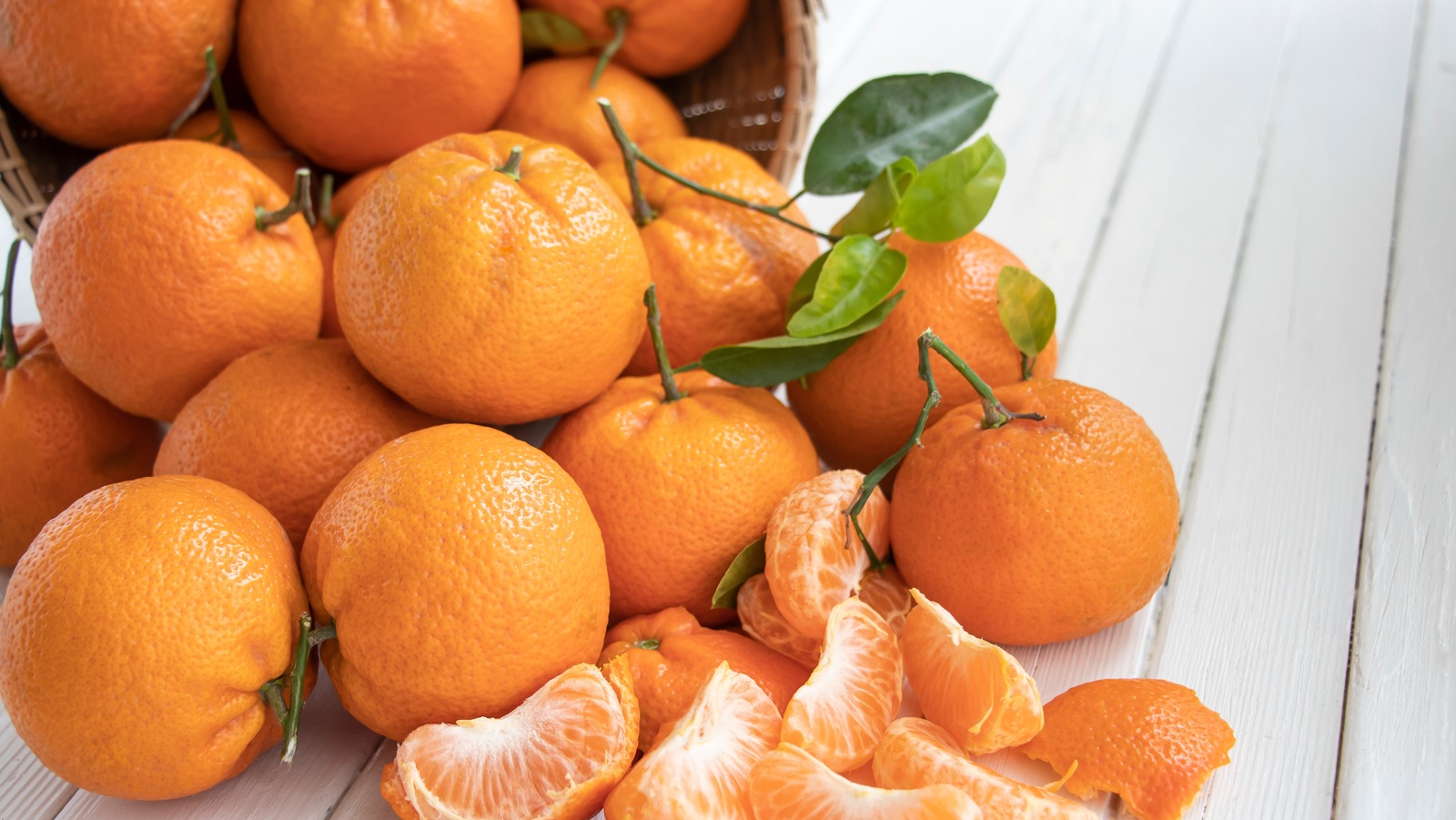

Articles
How To Store Oranges Without Fridge
Modified: December 7, 2023
Discover the best methods to store oranges without a fridge in this informative articles. Keep your oranges fresh and delicious for longer!
(Many of the links in this article redirect to a specific reviewed product. Your purchase of these products through affiliate links helps to generate commission for Storables.com, at no extra cost. Learn more)
Introduction
Oranges are a delicious and nutritious fruit that is enjoyed by many people around the world. They are packed with vitamin C, fiber, and antioxidants, making them a great addition to a healthy diet. However, you may find yourself wondering how to store oranges without a fridge, especially if you have limited refrigerator space or if you’re going on a camping trip or a picnic outdoors.
Storing oranges without a fridge is actually quite simple and can help you extend the shelf life of your citrus fruit. By following a few easy steps, you can keep your oranges fresh and juicy for a longer period of time, ensuring that you can enjoy their flavorful goodness whenever you desire.
In this article, we will explore the reasons why you may want to store oranges without a fridge, how to select the right oranges for storage, and various methods you can employ to keep your oranges fresh and tasty. So, whether you’re looking to stock up on oranges or simply want to preserve the ones you have, let’s delve into the world of storing oranges without a fridge.
Key Takeaways:
- Store oranges without a fridge to preserve flavor, texture, and aroma. Choose ripe, firm oranges, prepare them properly, and store in a cool, dark location to extend their shelf life and enjoy their juicy goodness.
- Keep stored oranges fresh by separating, monitoring, and rotating them. Prevent mold and decay by maintaining a clean, ventilated storage area and using natural mold inhibitors. Check for quality before use to enjoy delicious, preserved oranges.
Read more: How To Store Oranges In The Fridge
Why Store Oranges without a Fridge?
While refrigeration is the most common method for preserving fruits and vegetables, there are certain reasons why you may want to store oranges without a fridge:
- Limited refrigerator space: If you have a small refrigerator or it’s already filled with other food items, you may not have enough room to store a large quantity of oranges. This is especially true if you enjoy buying in bulk or have a surplus of oranges from your garden.
- Power outage or lack of electricity: In certain situations, such as during a power outage or when you’re camping or traveling, you may not have access to electricity or a functioning fridge. Storing oranges without a fridge allows you to keep them fresh even in these circumstances.
- Preserving flavor and texture: Oranges stored in the fridge can sometimes lose their flavor and become dry or mealy. By storing oranges at room temperature, you can retain their natural juicy and refreshing taste.
- Ripening process: If you bought underripe oranges that need some time before they reach their peak flavor, storing them outside the fridge can help accelerate the ripening process. Conversely, if you have overripe oranges, storing them outside the fridge can slow down further ripening and prolong their freshness.
- Enhancing natural aromas: Oranges have a distinct and fragrant aroma that can add a pleasant scent to your pantry or kitchen. Storing them at room temperature allows their natural aromas to permeate the air, creating a delightful ambiance.
Now that we have explored the reasons why you may choose to store oranges without a fridge, let’s delve into the methods for selecting the right oranges for storage.
Selecting the Right Oranges for Storage
Choosing the right oranges for storage is essential to ensure that they stay fresh and flavorful for an extended period. Here are some factors to consider when selecting oranges for storage:
1. Choose ripe but firm oranges:
When selecting oranges for storage, aim for those that are fully ripe but still firm to the touch. Avoid overly soft or squishy oranges, as they may be overripe and prone to spoilage. Look for oranges with a vibrant color, as it indicates that they are ripe and flavorful.
2. Avoid oranges with blemishes or rot:
Inspect the oranges closely for any signs of blemishes, mold, or rot. These imperfections can indicate that the oranges are already in a state of decay and are not suitable for storage. Choose oranges that are smooth and free from any visible damage.
Read more: How To Store Beetroot Without Fridge
3. Consider the variety:
Different orange varieties have varying characteristics and storage capabilities. Some varieties, such as Valencia oranges, are known for their excellent storage life, while others, like Navel oranges, tend to have a shorter shelf life. Take into account the specific variety you’re dealing with and adjust your storage methods accordingly.
4. Organic vs. conventional:
If possible, opt for organic oranges. Organic oranges are grown without the use of synthetic pesticides and chemicals, which can prolong their shelf life and reduce the risk of spoilage. However, conventional oranges can also be stored successfully using the methods outlined below.
By choosing the right oranges for storage, you set yourself up for success in keeping them fresh and delicious. Next, we’ll explore how to prepare oranges for storage to maximize their longevity.
Preparing Oranges for Storage
Before storing oranges without a fridge, it’s important to prepare them properly to ensure optimal freshness. Follow these steps to prepare oranges for storage:
1. Wash and dry the oranges:
Start by washing the oranges under cool running water to remove any dirt or debris from the skin. Gently scrub the surface of the oranges using a soft brush if needed. After washing, pat them dry with a clean towel or allow them to air dry completely.
Read more: How To Store Vegetables Without Fridge
2. Remove any damaged or bruised areas:
Inspect each orange and remove any damaged or bruised portions. These areas are more susceptible to mold and can accelerate the spoilage process. Cut off any bruised spots with a clean knife, ensuring that you remove a small amount of the flesh around the affected area as well.
3. Leave the skin intact:
It’s best to leave the skin of the oranges intact during storage, as it acts as a natural protective barrier against moisture loss and mold formation. Avoid peeling or removing the skin before storage, as this can shorten the oranges’ shelf life.
4. Optional: Wax or oil the skin:
If you want to further enhance the oranges’ shelf life, you can apply a thin layer of food-grade wax or vegetable oil to the skin. This can create an additional barrier against drying out and help maintain their natural moisture content. However, this step is optional and not necessary for short-term storage.
By properly preparing the oranges for storage, you can ensure that they are clean, intact, and protected. In the next section, we will explore the best methods for storing oranges in a cool and dark location.
Storing Oranges in a Cool and Dark Location
Once you have prepared the oranges for storage, the next step is to find a suitable location to store them. Here’s how to store oranges in a cool and dark location:
Read more: How To Store Food Without A Fridge
1. Find a cool and well-ventilated area:
Choose a location in your home that is cool and well-ventilated. Avoid areas that are exposed to direct sunlight, as the heat can accelerate the ripening process and cause the oranges to spoil quickly. Ideal temperatures for storing oranges range between 45°F (7°C) to 55°F (13°C).
2. Use a pantry or cellar:
If you have a pantry or a cellar, these are excellent choices for storing oranges. These areas typically offer a cool and dark environment that is perfect for maintaining the freshness of the fruit. Make sure the space is clean and free from any other products that may emit strong odors.
3. Consider a basement or garage:
If you don’t have a pantry or cellar, you can use a basement or garage as an alternative storage location. Just ensure that the area is not prone to extreme temperature fluctuations and remains relatively cool throughout the day.
4. Avoid storing near ethylene-producing fruits:
Oranges are sensitive to ethylene gas, which is naturally produced by certain fruits like apples, bananas, and tomatoes. To prevent premature ripening and decay, keep oranges away from these ethylene-producing fruits.
Remember that the storage location should be cool and dark to slow down the fruit’s aging process and prolong its shelf life. In the next section, we will explore additional methods such as using paper bags or trays to store oranges.
Read more: How To Store Kimchi Without Fridge
Using Paper Bags or Trays to Store Oranges
In addition to storing oranges in a cool and dark location, you can further extend their shelf life by using paper bags or trays. Here’s how:
1. Paper bags:
Place the oranges in a single layer inside a paper bag. The paper bag helps to absorb excess moisture, preventing the oranges from becoming too damp and prone to mold. It also provides a slight barrier from light exposure, which can help maintain the oranges’ freshness. Make sure the bag is not tightly sealed, as some airflow is necessary to prevent excessive moisture buildup.
2. Trays:
If you have an abundance of oranges, you can use trays to store them. Arrange the oranges in a single layer on a tray, making sure they have enough space between them to allow for airflow. The tray helps to keep the oranges organized and prevents them from rolling around, which can cause bruising or damage.
3. Rotate as needed:
No matter if you choose to use paper bags or trays, it’s important to periodically inspect and rotate the oranges. This helps to ensure even airflow, prevents the buildup of moisture on the bottom layer, and allows you to identify and remove any spoiled oranges before they affect the rest of the fruit.
Using paper bags or trays provides an extra layer of protection and organization for your stored oranges. In the next section, we will discuss the importance of separating oranges to keep them fresh.
Read more: How To Store Wine Without A Wine Fridge
Keeping Oranges Fresh by Separating Them
When storing oranges without a fridge, it’s important to keep them separated to maintain their freshness. Here’s why and how to keep oranges separated during storage:
1. Prevent mold and decay:
Oranges are prone to mold and decay, especially when they are in close contact with each other. By keeping them separated, you prevent the spread of moisture and fungi between the oranges, reducing the risk of spoilage.
2. Air circulation:
Allowing air to circulate around each orange helps regulate humidity and prevents excessive moisture buildup. This is crucial in maintaining the oranges’ freshness and preventing the growth of mold or mildew. Avoid overcrowding the storage space, allowing enough room for adequate airflow.
3. Use dividers or individual paper wrapping:
To separate the oranges, you can use dividers like cardboard or plastic inserts in the tray. These dividers create individual compartments for each orange, keeping them from touching each other. Alternatively, you can wrap each orange individually in paper, such as tissue paper or newspaper, to provide a protective barrier.
Read more: How To Store Dough Overnight Without Fridge
4. Avoid using plastic bags:
While it may be tempting to use plastic bags for convenience, it’s best to avoid them when storing oranges. Plastic bags trap moisture and can create a humid environment, leading to faster spoilage. Additionally, the lack of airflow in plastic bags can lead to the growth of mold.
By keeping the oranges separated and allowing adequate airflow, you can extend their shelf life and preserve their freshness. However, it’s important to monitor and rotate the oranges in storage as well, which we’ll explore in the next section.
Monitoring and Rotating Oranges in Storage
To ensure that your stored oranges remain fresh and in good condition, it’s important to monitor and rotate them periodically. Here’s why monitoring and rotating are essential and how to do it effectively:
1. Check for freshness:
Regularly inspect the stored oranges for any signs of mold, decay, or spoilage. Remove any oranges that show these signs immediately to prevent the growth from spreading to the rest of the fruit.
2. Rotate the oranges:
Rotate the oranges in storage to ensure even exposure to air circulation and light. This helps prevent moisture buildup and maintains the integrity of the fruit. Move the oranges from the bottom to the top of the pile or shift them in the tray to ensure that each orange gets equal exposure.
Read more: How To Store Mint Leaves Without Fridge
3. Use the first-in, first-out (FIFO) method:
When retrieving oranges for consumption, always follow the first-in, first-out method. This means using the oldest oranges first to minimize waste and ensure that none of the fruit goes bad before it can be enjoyed. This is particularly important if you have a large quantity of oranges in storage.
4. Adjust storage conditions if needed:
Monitor the temperature and humidity levels in your storage area. If you notice any extreme changes, consider relocating the oranges to a different spot or adjusting the ventilation to maintain the optimal storage conditions. Keeping a consistent environment will help prolong the freshness of the fruit.
By regularly monitoring and rotating the oranges in storage, you can prevent spoilage and maintain their quality for a longer period. However, there are additional steps you can take to prevent mold and decay, which we’ll explore in the next section.
Preventing Mold and Decay in Stored Oranges
To ensure that your stored oranges remain fresh and free from mold and decay, there are several measures you can take. Follow these tips to prevent mold and decay in stored oranges:
1. Keep the storage area clean:
Regularly clean the storage area to remove any dust, dirt, or potential sources of mold. Wipe down shelves or trays with a clean cloth or disinfectant to maintain a hygienic environment for the oranges.
Read more: How To Store Boiled Potatoes Without Fridge
2. Control humidity levels:
Mold thrives in humid environments, so it’s important to maintain proper humidity levels in the storage area. Aim for a relative humidity of around 50-70% to prevent excessive moisture buildup. Consider using a dehumidifier or moisture-absorbing desiccants if necessary.
3. Separate any moldy oranges:
If you discover a moldy orange in the storage, remove it immediately to prevent the mold from spreading to other oranges. Discard the affected orange and thoroughly clean the surrounding area to eliminate any traces of mold.
4. Ventilate the storage area:
Ensure that the storage area has adequate ventilation to allow for air circulation. Good airflow helps prevent moisture buildup and creates an environment less favorable for mold growth. Use fans or open windows if necessary.
5. Use natural mold inhibitors:
You can try using natural mold inhibitors like vinegar or essential oils. Soak a clean cloth or cotton ball in a mixture of water and vinegar or a few drops of essential oil, and place it near the stored oranges. The acid in vinegar and the antimicrobial properties of certain essential oils can help inhibit mold growth.
By following these preventative measures, you can minimize the risk of mold and decay and enjoy fresh, delicious oranges for a longer period. In the next section, we will discuss how to check and use the stored oranges.
Read more: How To Store Kale In Fridge Without Plastic
Checking and Using Stored Oranges
When it’s time to use the oranges you’ve stored without a fridge, it’s essential to perform a few checks to ensure their quality and freshness. Here’s how to check and use your stored oranges:
1. Assess the appearance and aroma:
Inspect the stored oranges for any signs of mold, soft spots, or discoloration. The skin should be firm, smooth, and vibrant in color. The oranges should also have a pleasant citrus aroma. If they appear shriveled, have a strong off-putting smell, or show signs of decay, it’s best to discard them.
2. Feel the texture:
Gently squeeze the oranges to feel their texture. They should have a slight give when pressed, but not be overly soft or mushy. If an orange feels excessively soft or has a squishy texture, it may be overripe or starting to spoil.
3. Taste a sample:
Peel one of the stored oranges and taste a small segment to gauge its flavor and juiciness. It should have a sweet and tangy taste, with ample juice. If the flavor is dull or off, it may be an indication that the orange has started to deteriorate.
Read more: How To Store Cut Watermelon Without Fridge
4. Adjust your usage accordingly:
Based on the quality of the stored oranges, adjust your usage plans accordingly. If the oranges are fresh and in good condition, enjoy them as a refreshing snack, use them in recipes, or make freshly squeezed juice. If they show signs of spoilage or are past their prime, discard them and avoid consuming.
Remember, when using stored oranges, always follow proper food safety guidelines and refrigerate any leftover juice or prepared dishes to maintain their freshness.
By checking the appearance, texture, and taste of your stored oranges, you can ensure that they are still suitable for consumption and make the most of your efforts in storing them without a fridge.
Frequently Asked Questions about How To Store Oranges Without Fridge
Was this page helpful?
At Storables.com, we guarantee accurate and reliable information. Our content, validated by Expert Board Contributors, is crafted following stringent Editorial Policies. We're committed to providing you with well-researched, expert-backed insights for all your informational needs.
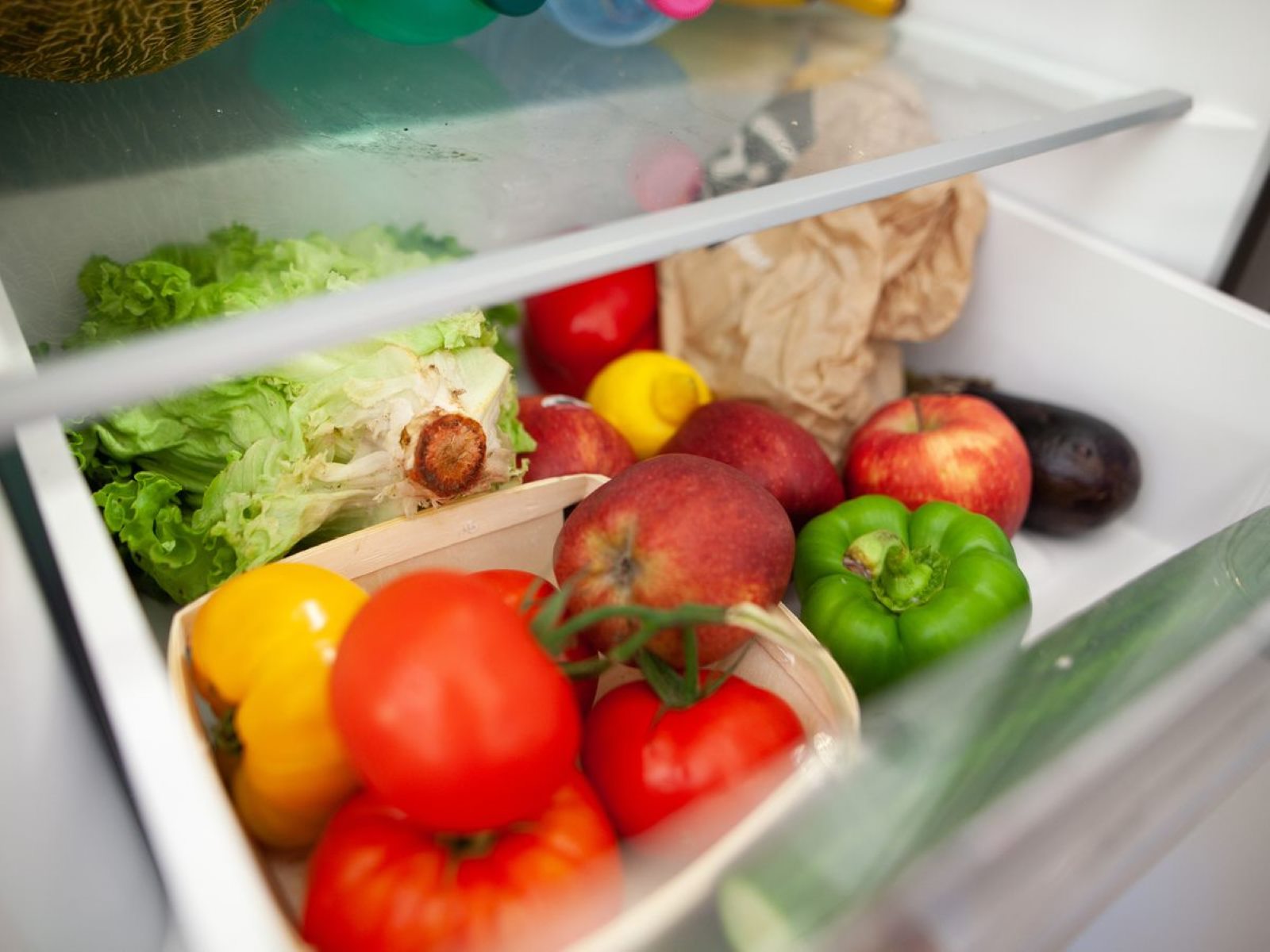
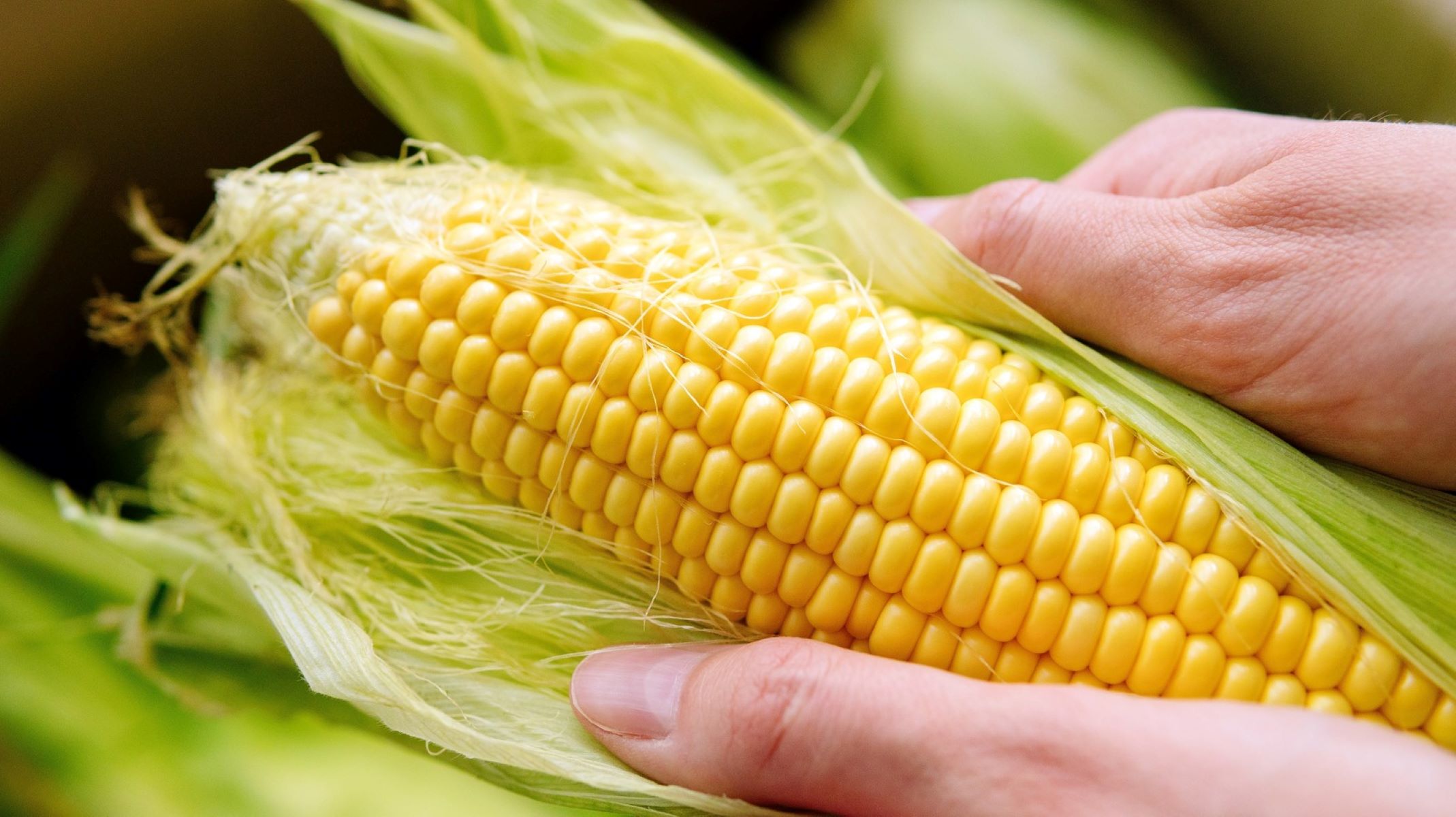
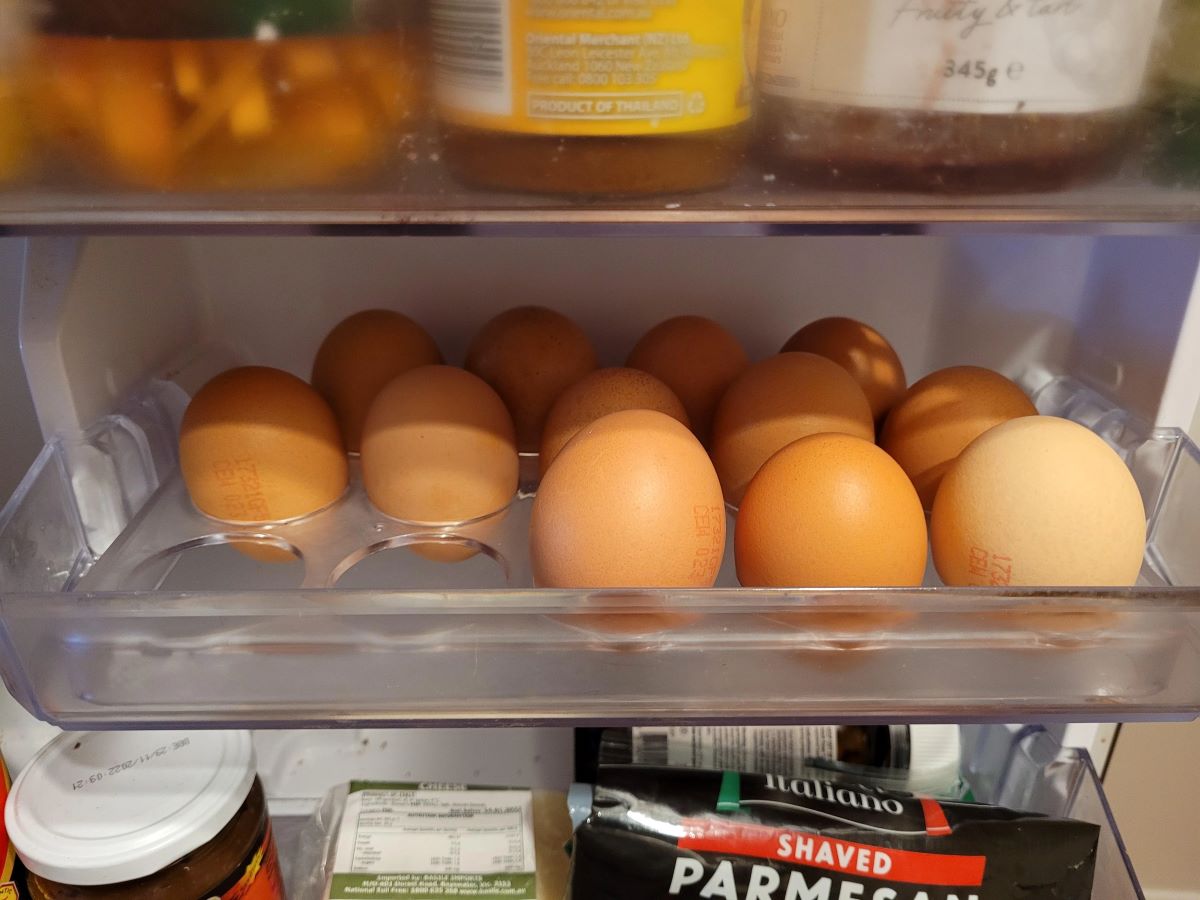

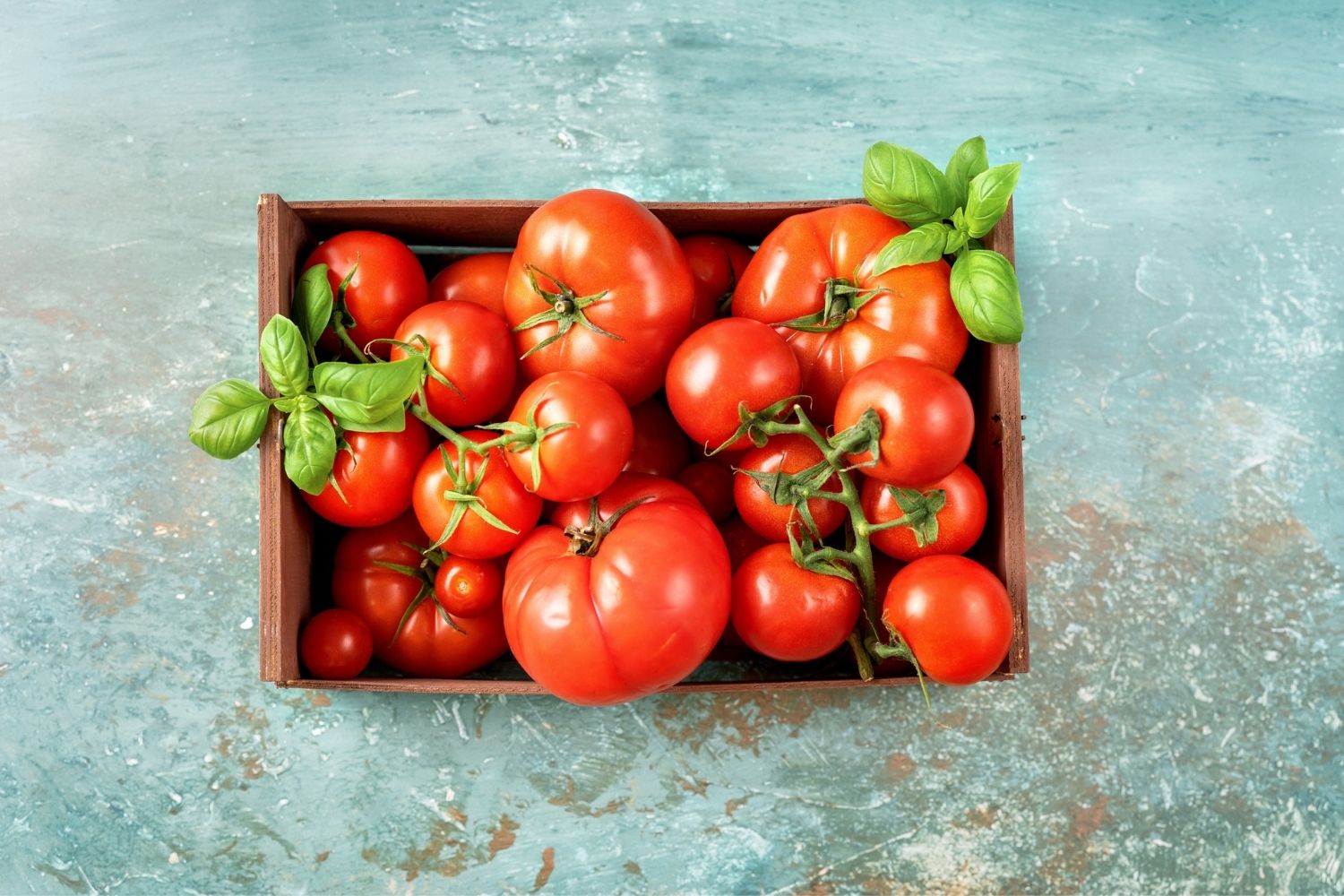

0 thoughts on “How To Store Oranges Without Fridge”